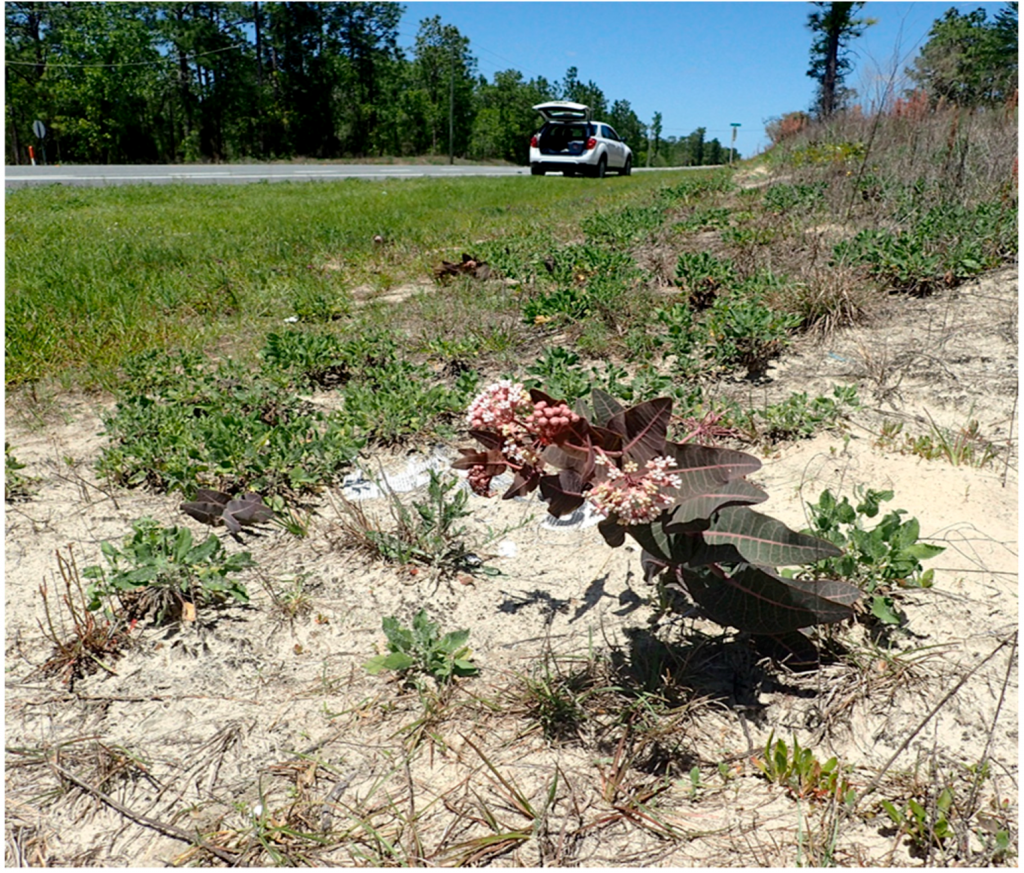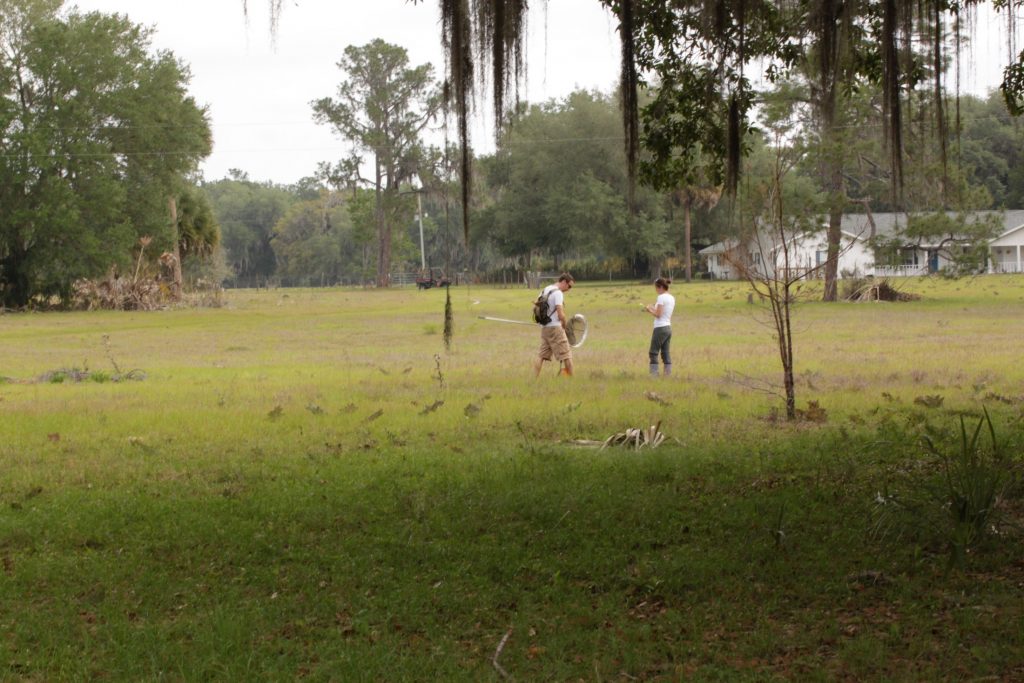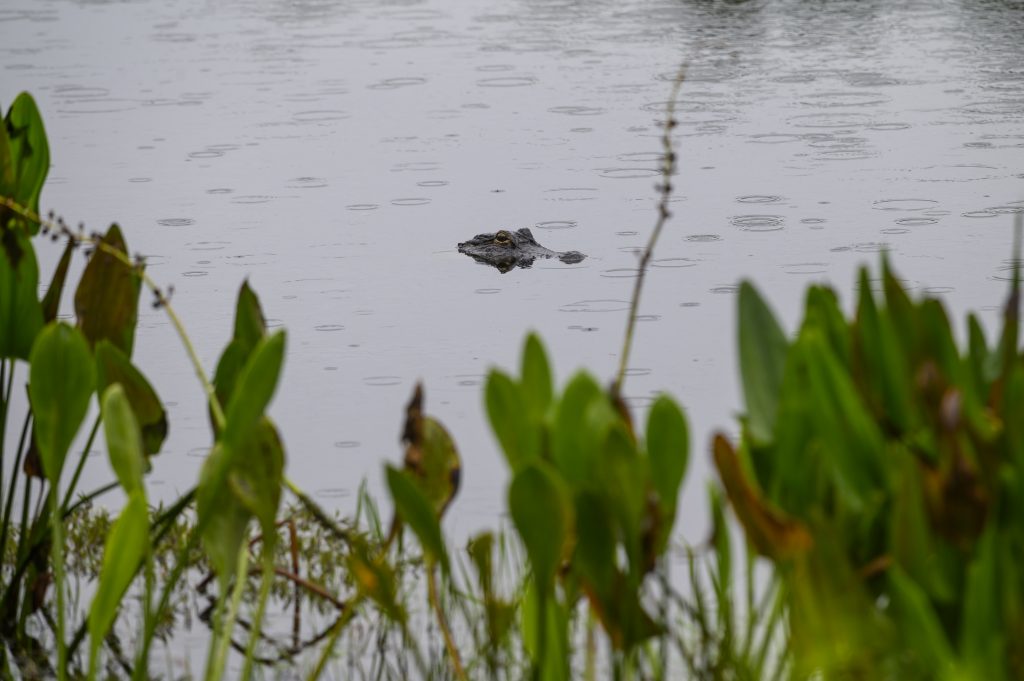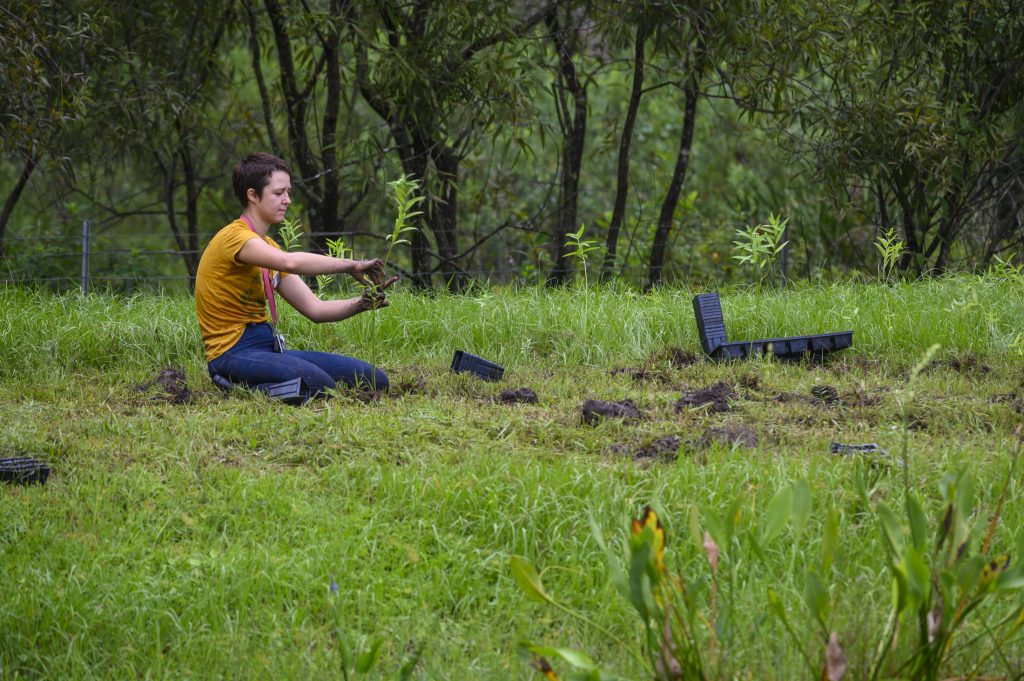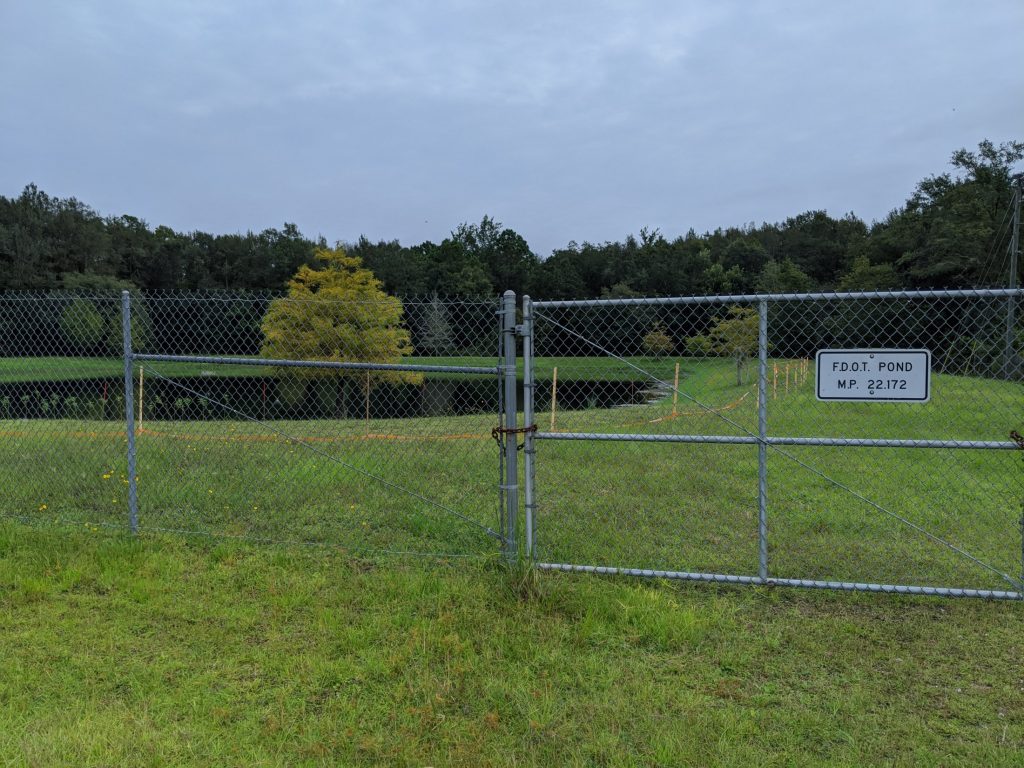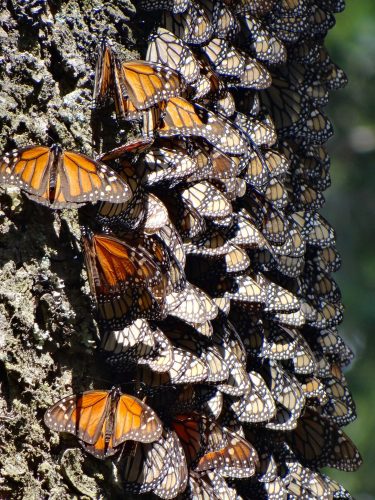 The Monarch (Danaus plexippus) is one of the most beloved animals in North America. Beyond being a common garden visitor, it is well known for making an amazing annual migration. During spring and summer, monarchs breed throughout the U.S. and southern Canada. In the fall, adults of the eastern population migrate to Mexico, flying up to 3,000 miles. In the western U.S., monarchs migrate to scattered groves along the coast of California. The following spring, these butterflies leave their overwintering sites and fly northward in search of milkweed plants on which to lay their eggs. As monarchs spread across North America, several generations are produced. Sadly, population monitoring at overwintering sites in Mexico and California has documented steady declines in recent years. Monarchs are threatened by loss and degradation of habitat, disease, adverse weather and the ongoing decline of native milkweeds.
The Monarch (Danaus plexippus) is one of the most beloved animals in North America. Beyond being a common garden visitor, it is well known for making an amazing annual migration. During spring and summer, monarchs breed throughout the U.S. and southern Canada. In the fall, adults of the eastern population migrate to Mexico, flying up to 3,000 miles. In the western U.S., monarchs migrate to scattered groves along the coast of California. The following spring, these butterflies leave their overwintering sites and fly northward in search of milkweed plants on which to lay their eggs. As monarchs spread across North America, several generations are produced. Sadly, population monitoring at overwintering sites in Mexico and California has documented steady declines in recent years. Monarchs are threatened by loss and degradation of habitat, disease, adverse weather and the ongoing decline of native milkweeds.
The Daniels Lab is involved with a diverse set of research, conservation, and outreach programs focused on monarchs and milkweeds in Florida. We have worked with FDOT to map high density areas of native milkweeds along roads in north-central Florida in an effort to help manage mowing practices to ensure these sites are available to support host and nectar plants for monarch butterflies. Our work documented extensive roadside milkweed populations. Small changes, such as leaving a portion of roadside rights-of-ways un-mowed in the Spring, particularly the back slope, take advantage of these underutilized spaces for monarch conservation. Our work additionally dovetails with the Monarch Candidate Conservation Agreement with Assurances (CCAA), designed to promote butterfly-friendly management practices on the rights-of-way of energy and transportation providers nationwide. More information about our work with roadside milkweeds in Florida can be found here.
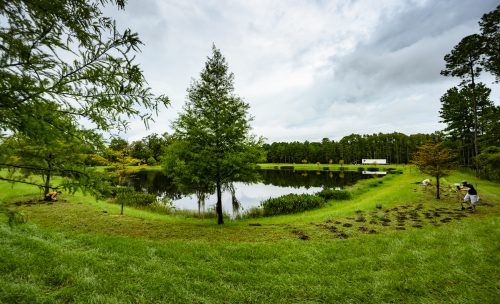
We are currently continuing work on a long-term survey of spring monarch butterflies in north-central Florida and studying the effect of augmenting FDOT retention basins with milkweeds and nectar plants. In 2020 we planted over 500 native milkweeds and 300 nectar plants and seeded other basins with native milkweed and nectar plant species. In 2021 we are doubling our efforts to augment eight additional retention basins. Rather than viewing FDOT retention basin rights-of-way as utilitarian stormwater areas, we see the possibility that these marginalized spaces could also function as valuable monarch and pollinator habitats.
We are also working to expand the commercial availability of native milkweed for habitat restoration and home landscaping by creating Milkweed Propagation manuals for homeowners, gardeners, nurseries and growers.
We strive to inform concerned citizens who want to help the monarch population. In collaboration with the American Association of Zoos and Aquariums (AZA), we helped develop recommendations for actions that people can take in their yards and gardens to Play it SAFE for monarchs.
Learn more about the monarch migration.
